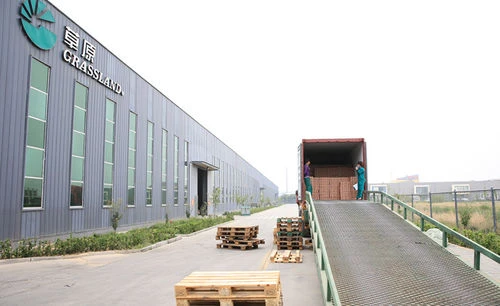Non-Ferrous Cutting Wheels An Essential Tool for Precision Metalworking
In the realm of metalworking and fabrication, the right tools can make all the difference. Among these tools, non-ferrous cutting wheels stand out as an innovative solution for achieving precise cuts in non-ferrous metals such as aluminum, brass, copper, and other alloys. Understanding the significance of these specialized cutting tools can enhance productivity and improve the quality of work in various applications ranging from industrial to DIY projects.
Understanding Non-Ferrous Metals
Non-ferrous metals are those that do not contain significant amounts of iron, which makes them resistant to rust and corrosion. This category includes metals like aluminum, copper, lead, nickel, titanium, and zinc. Their unique properties, including lightweight, conductivity, and malleability, are essential in industries such as aerospace, automotive, and electronics. However, cutting these materials requires a different approach than that used for ferrous metals, which contain iron and are often harder and more abrasive.
The Role of Cutting Wheels
Cutting wheels, also known as abrasive disks or blades, are essential for machining and shaping materials. They are designed to efficiently cut through material by removing small particles as they spin at high speeds. Non-ferrous cutting wheels are specifically engineered for the task of cutting through non-ferrous metals without causing damage to the material or the tool.
Key Features of Non-Ferrous Cutting Wheels
1. Material Composition Non-ferrous cutting wheels are often made from a blend of aluminum oxide, zirconia, or ceramic materials. These compositions help achieve smoother cuts and longer tool life, making them efficient and cost-effective for users.
2. Design The design of non-ferrous cutting wheels can vary, featuring thin profiles that allow for faster cutting with less resistance. This design minimizes heat generation and reduces the risk of warping or damaging the workpiece.
3. Grain Structure The grain size and type used in the cutting wheel significantly affect cutting efficiency and finish quality. Finer grains provide smoother finishes, while coarser grains excel in material removal rates.
non ferrous cutting wheel

4. Bonding Agents The effectiveness of cutting wheels also depends on the bonding agents that hold the abrasive grains together. Different bonds can provide varying degrees of flexibility and durability, tailored to specific cutting applications.
5. Sizes and Specifications Non-ferrous cutting wheels come in multiple sizes and thicknesses, allowing users to select the appropriate wheel for their specific task, whether it is cutting sheet metal or thicker stock.
Applications of Non-Ferrous Cutting Wheels
The versatility of non-ferrous cutting wheels makes them suitable for a wide range of applications
- Automotive Industry Used for cutting aluminum components in car manufacturing and repair, enhancing weight savings and fuel efficiency. - Aerospace Essential for working with aluminum and titanium alloys, which are widely used in aircraft structures and components. - Metal Fabrication Ideal for fabricators who work with various non-ferrous metals, allowing for precise cuts on intricate designs and structures. - DIY Projects Hobbyists and DIY enthusiasts utilize these cutting wheels for home improvement projects, ensuring they achieve clean cuts without damaging the material.
Safety Considerations
While using non-ferrous cutting wheels, safety should always be a priority. Users should wear appropriate personal protective equipment (PPE) such as safety goggles, gloves, and masks to protect against flying debris and dust. Additionally, proper handling and storage of cutting wheels can prevent accidents and ensure their longevity.
Conclusion
In conclusion, non-ferrous cutting wheels represent an essential tool for anyone involved in metalworking. Their specialized design, along with the right material and grain selection, allows for efficient cutting of various non-ferrous metals, thereby enhancing productivity and precision in metal fabrication tasks. By understanding their features, applications, and safety protocols, users can leverage these tools to achieve exceptional results in their projects, making non-ferrous cutting wheels a cornerstone of modern metalworking practices.
Post time:Dec - 01 - 2024

















